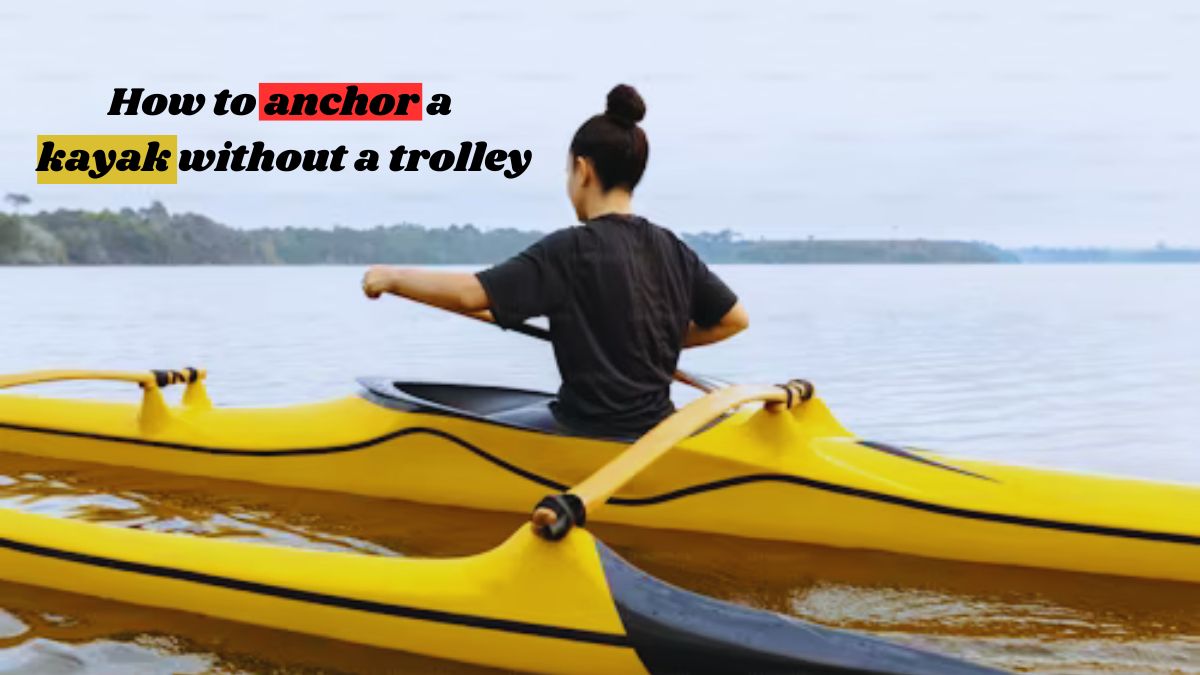
How to anchor a kayak without a trolley
How to anchor a kayak without a trolley : Step to step guide
What is a kayak anchor trolley?
The anchor trolley is among the first innovations in the annals of modern kayak fishing. Anglers wanted a method to run the anchor from the bow or stern of the boat in order to secure a tipping kayak in fast moving water and wind. The anchor trolley is the end product. From midship to the bow or stern and back, there is a thin rope . The rope’s ends are fastened to a tiny carabiner.
Anchoring your kayak is an essential action when you are partaking in kayak fishing. Because of how lightweight a kayak is, the wind can easily blow it and pull it in another direction. This is especially annoying when you have found the perfect opportunity to cast your reel.
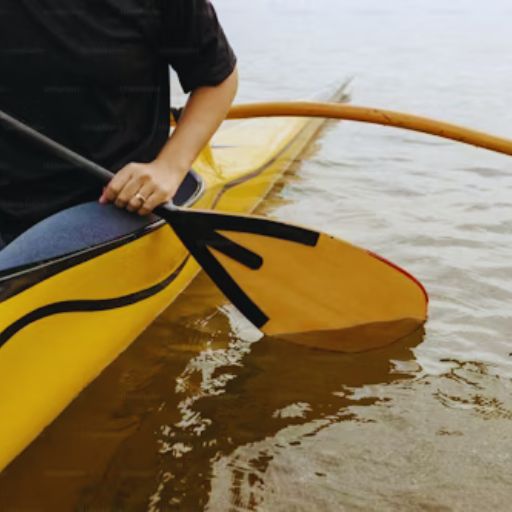
Know How to anchor a kayak without a trolley
Types of anchors for kayaking without trolley
When it comes to kayaking without a trolley, there are a few anchor options you can consider:
1. Folding Anchor: This type of anchor is lightweight, portable, and simple to store. For kayakers looking for a portable choice, they’re fantastic.
2. Grapple Anchor: These anchors can cling to rocks, reefs, or other objects with their numerous tines or flukes. They offer a stable grip in a range of subsurface circumstances.
3. Claw Anchor: Also referred to as a Bruce anchor, this kind features a claw-like shape that provides strong gripping in a variety of bottom conditions, such as sand, mud, and gravel.
4. Mushroom Anchor: Mushroom anchors have a mushroom-like form and rely on their own weight for stability. They function effectively on silty or muddy bottoms.
Grapple anchors are small and simple to pack away in your kayak. It is appropriate for a range of bottom conditions and offers a firm hold. Just be sure that the anchor size you select is appropriate for the size of your kayak and the type of water you plan to paddle in.
There are a few reliable brands of funnel anchors that you may take into consideration. One well-known company, “Seachoice,” is well-known for its high-quality nautical items. An additional well-known brand is “Attwood,” which sells a variety of dependable boating and anchoring supplies. These manufacturers frequently offer grapnel anchors in various sizes to meet your demands when kayaking. To select the ideal anchor for you, don’t forget to read the evaluations and characteristics.
Choosing an anchor
Different kinds of fishing kayak anchors are needed for different kinds of bottom. You can use a folding grapnel anchor in a sandy or stakeout pole that is the same depth as the water while working over sand or mud in shallow water. Although fiberglass poles are often lighter. Stakeout poles are quicker and simpler to use than anchors.Therefore, employing a basic anchor system is one approach to anchor a kayak without the need for a trolley.A little anchor can be fastened to a rope and firmly fastened to your kayak. Next, locate the desired anchoring location, drop the anchor into the water, and allow it to settle to the bottom. You’re ready to go once you’ve fastened the rope to your kayak. Just be sure the anchor has enough strength to secure your kayak.
Folding anchors are a common and reliable kind of anchor for kayaking. These anchors are lightweight, small, and simple to pack away in your kayak. Typically, they have several flukes or prongs that pierce the ground to provide a firm grip. Choose a foldable anchor based on the size of your kayak and the kind of water you plan to paddle in. If there are any particular anchor requirements in your location, it’s a good idea to verify with the local legislation and guidelines.
Things to consider before anchoring without trolley
Before anchoring your kayak without a trolley, there are a few important things to consider .
Always assess the type of bottom you’ll be anchoring on. Sandy or muddy bottoms provide better holding than rocky or weedy ones.
Take into account the strength and direction of the current and wind. Strong currents or gusty winds can affect the stability of your anchored kayak. Also need to ensure that the water is deep enough for your anchor to reach the bottom and provide a secure hold.
The type and size of anchor matter as well. Try to choose an anchor that suits your kayak’s size and weight. A grapnel anchor is commonly used, but make sure it’s appropriate for your kayak and the conditions you’ll be in.
Use an anchor line that is long enough to reach the bottom comfortably while leaving sufficient slack for tidal or current changes.Always wear a personal flotation device and have a whistle or other signaling device with you. Stay vigilant and be prepared to release the anchor quickly in case of an emergency
How To Attach An Anchor To A Kayak Without Trolley
Anchoring a kayak is one of the most important skills to master. If the kayak turns sideways in the current or wind, the boat could flip over and the angler might become tangled in the line. To avoid this outcome, learn how to anchor a kayak and then practice to develop safe protocols.
Choosing an anchor that is appropriate for the size of your kayak and the water conditions you plan to kayak in is essential first. You can choose some anchors for your kayak without using a trolley such as a grapnel anchor, which is small and light.Look for a place where the anchor may be firmly embedded that has a sturdy bottom, like muddy or sandy places.

Allow the line to feed out gently as you gradually lower the anchor into the sea. Verify that the anchor is completely submerged before moving on to the next phase. To move your kayak and position it where you want it, use your paddle. From your chosen place, always try to position your kayak upwind or upcurrent.
Holding tension throughout, gradually release the anchor line after it is in place. Let the anchor sink to the bottom and become firmly embedded. To make sure it is firmly in place, give it a little twist.
To prevent the anchor line from unintentionally coming loose, fasten it to your kayak using a cleat or, if one is available, an anchor trolley system. Recall that in order to keep your kayak stable, it’s critical to keep an eye on its location and adjust the anchor as necessary. When anchoring your kayak, always abide by the rules and regulations in your area.
FAQs
1.What should I consider when choosing an anchor for kayaking without a trolley?
Ans: Make sure the anchor is appropriate for the size and weight of the kayak.Don’t choose any type of anchor that’s too heavy or bulky for your kayak.Next you need to consider its holding power, bottom type and conditions as well.Always look for an anchor that is easy to deploy and retrieve.
2. Can I use any DIY system here?
Ans: Many kayakers create their own DIY anchor system without trolley.Some popular DIYs include using a heavy-bag filled with rocks or sands as anchor or reusing small boat anchor.Make sure your DIY system is secure and suitable for the conditions.
3.Are there any specific techniques for anchoring a kayak without a trolley?
There are few techniques you can consider before anchoring a kayak without a trolley.If your kayak has a cleat or anchor trolley system, you can use it to secure the anchor line.In situations, where you need more stability, you can use two anchors. There’s also a technique called drift anchoring, where a small anchor is used to slow down your kayak’s drift.
4.Are there any safety precautions to consider before anchoring?
Before anchoring your kayak, few things to consider as precautions:
- Ensure that the water is deep enough to safely anchor your kayak.
- Use an anchor line that is enough to reach the bottom and provide sufficient holding power.
- Be aware of current weather conditions, wind and tide.
- Ensure that the anchor is securely attached to your kayak.
- Always have essential safety gear with you.





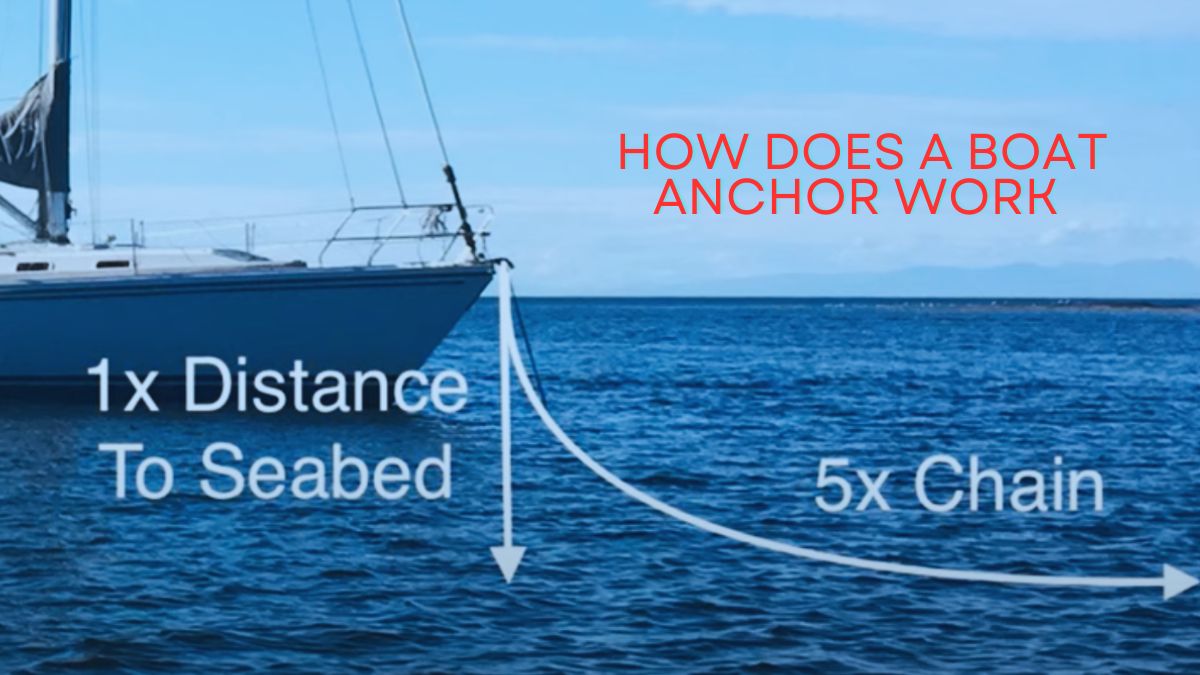
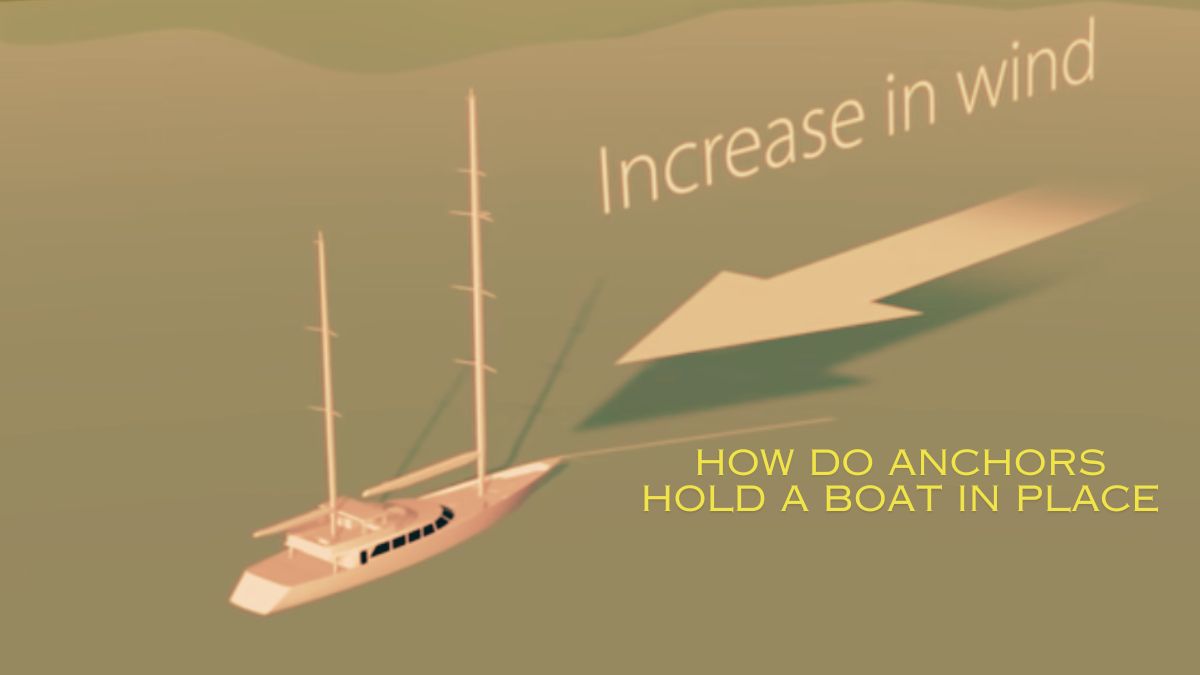


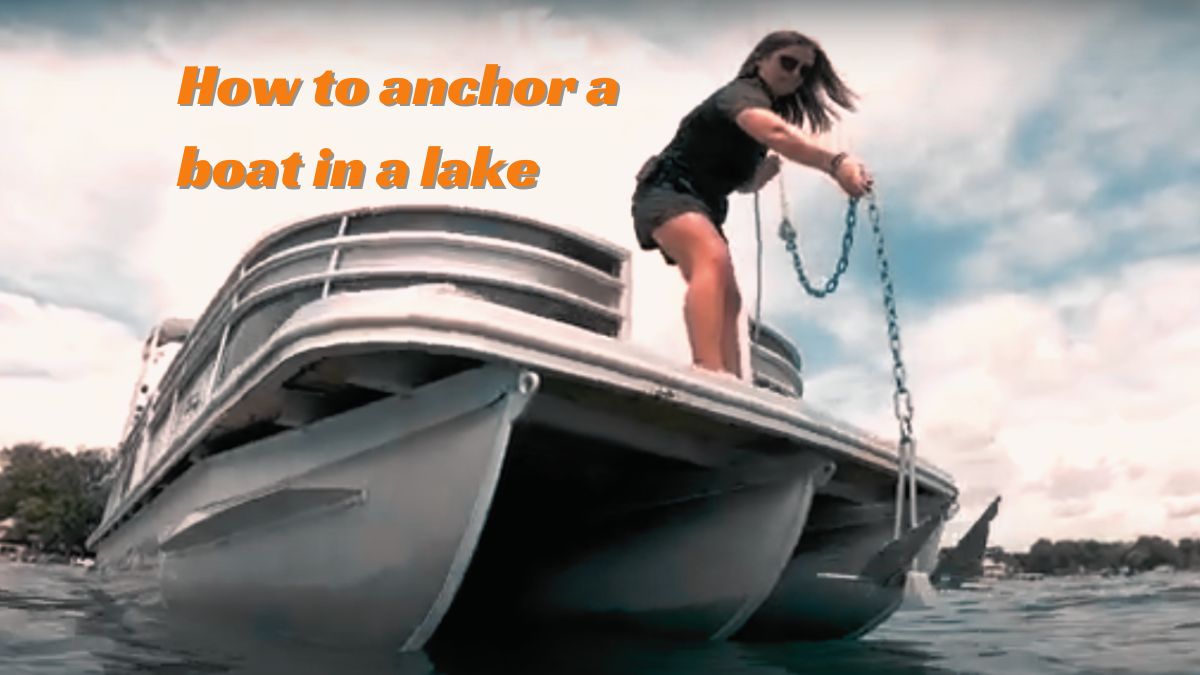
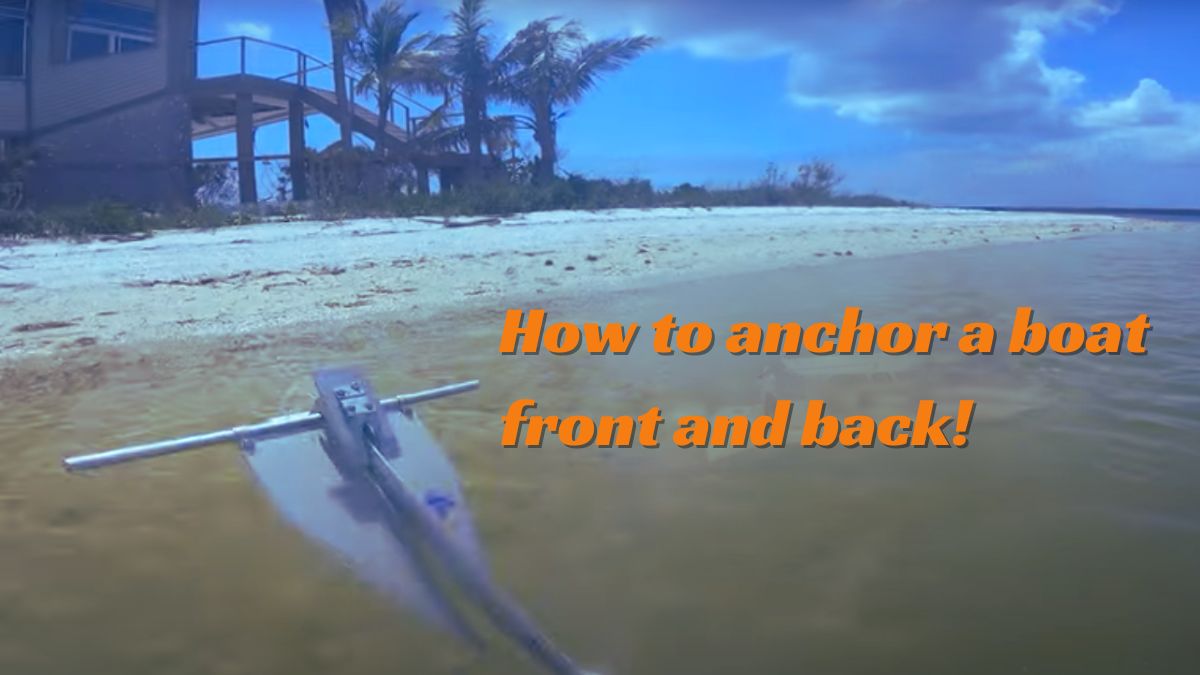
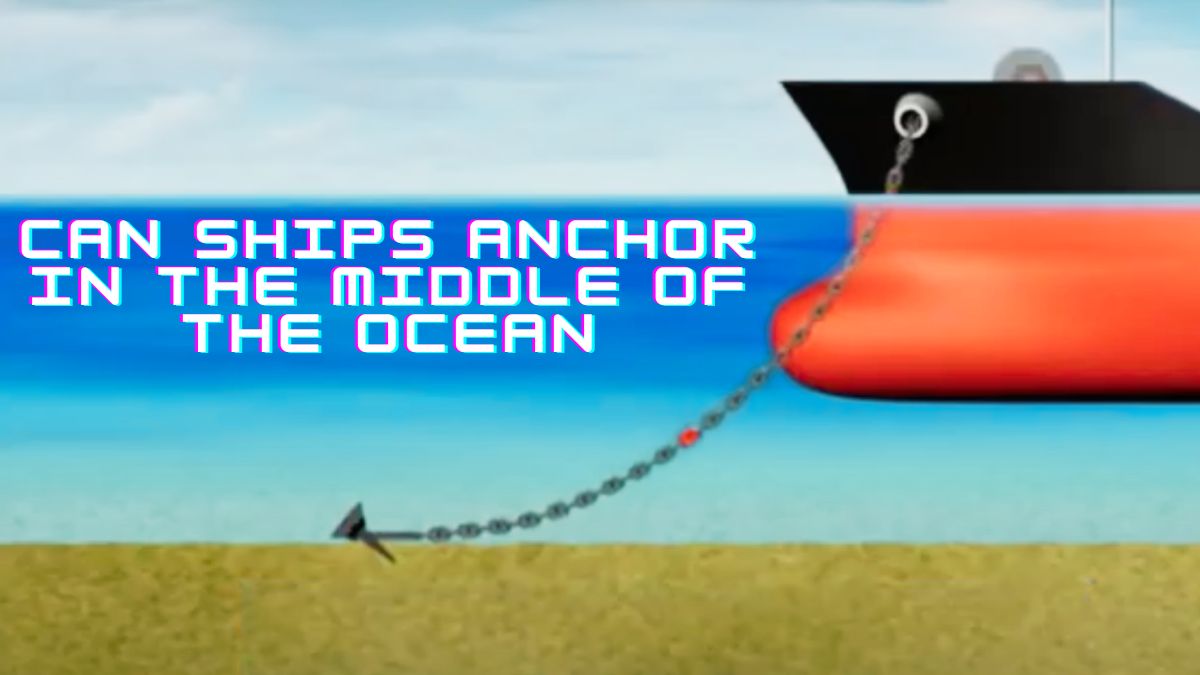
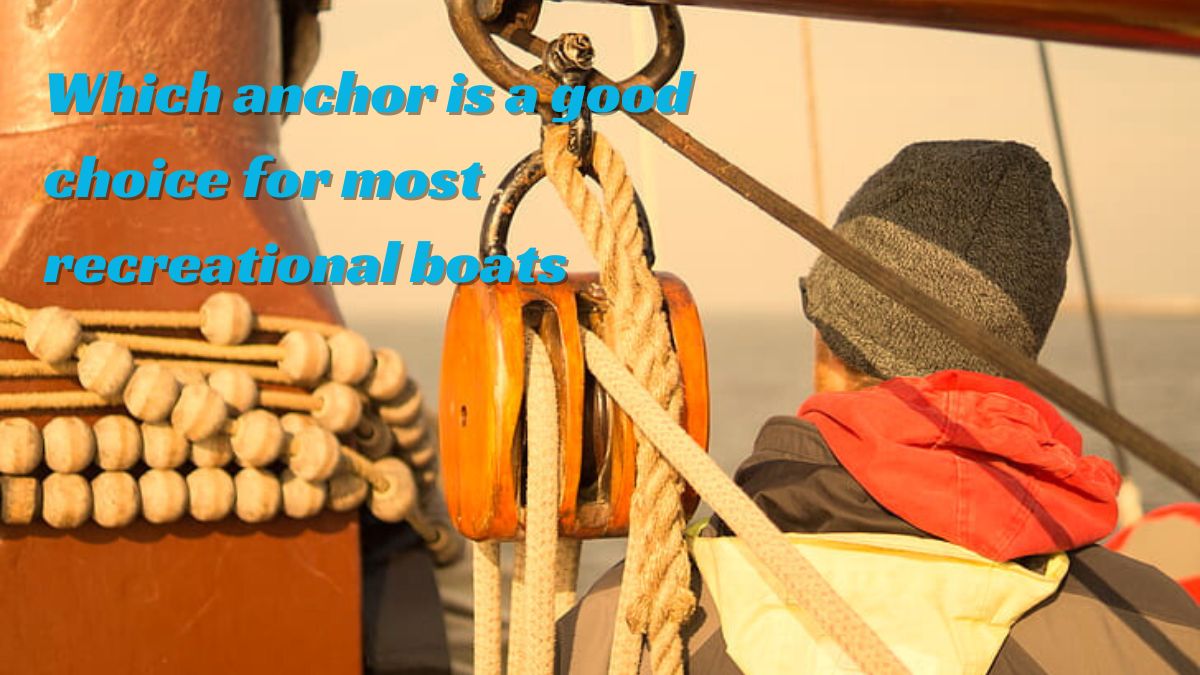
Leave a Reply